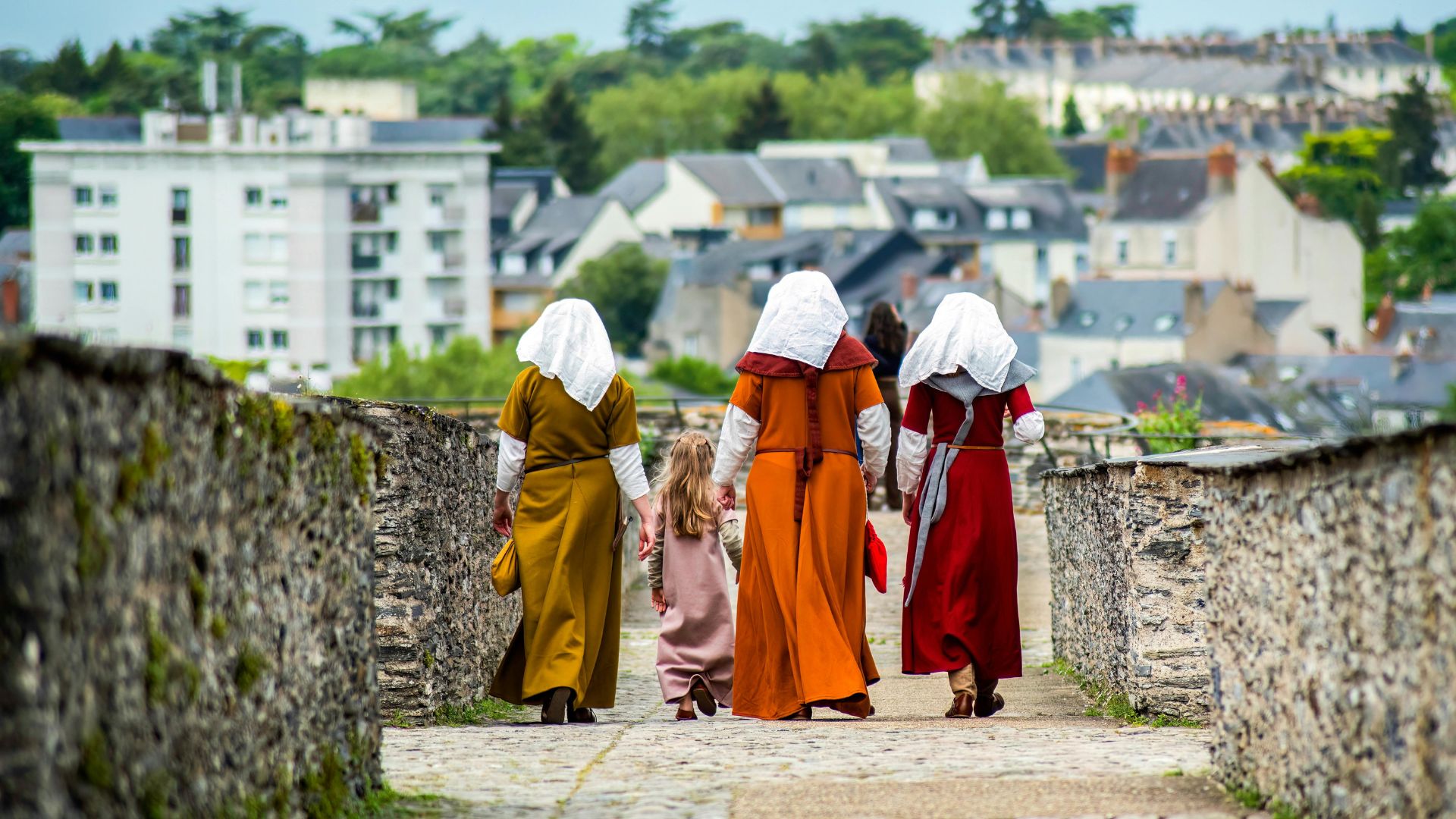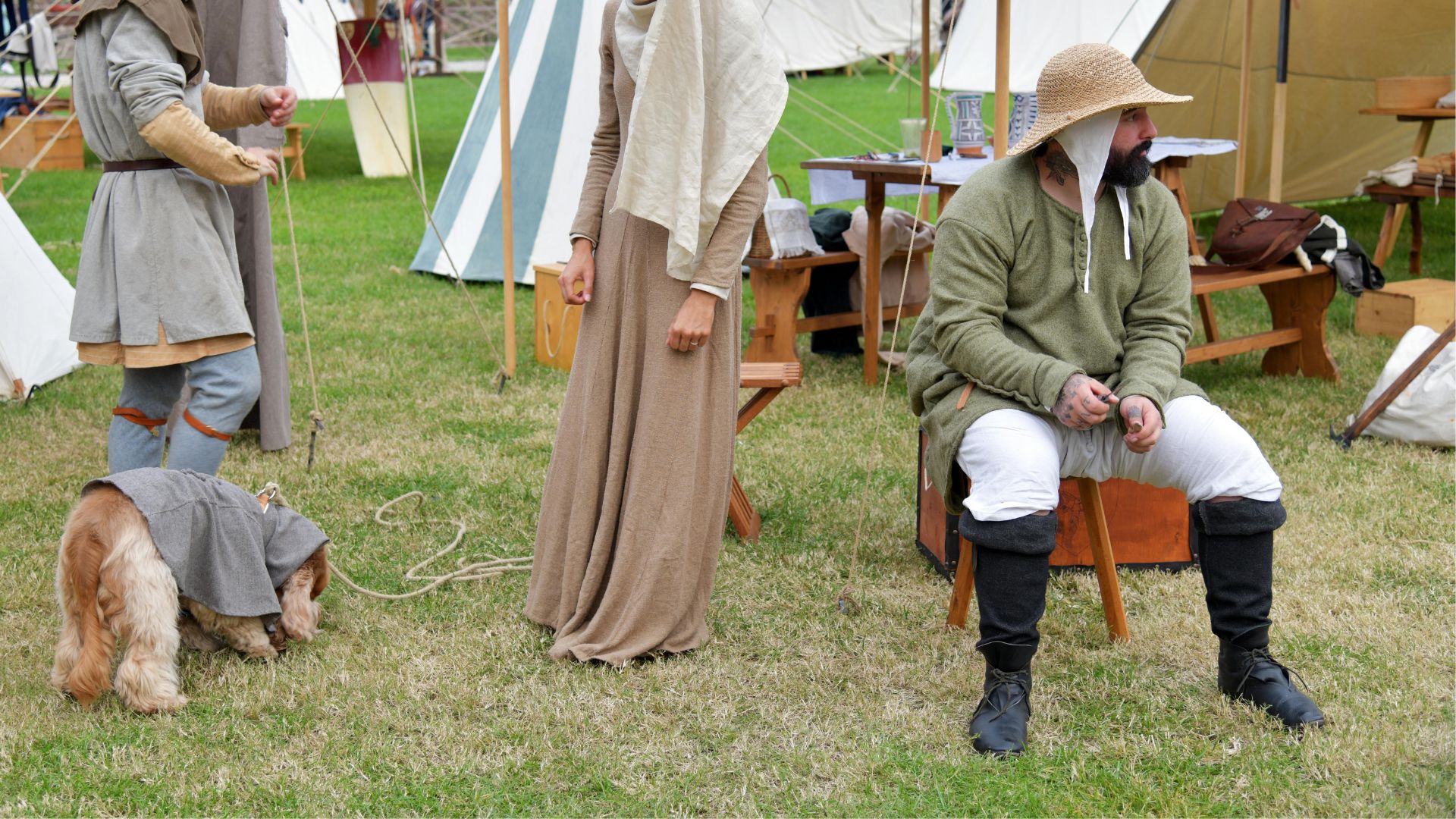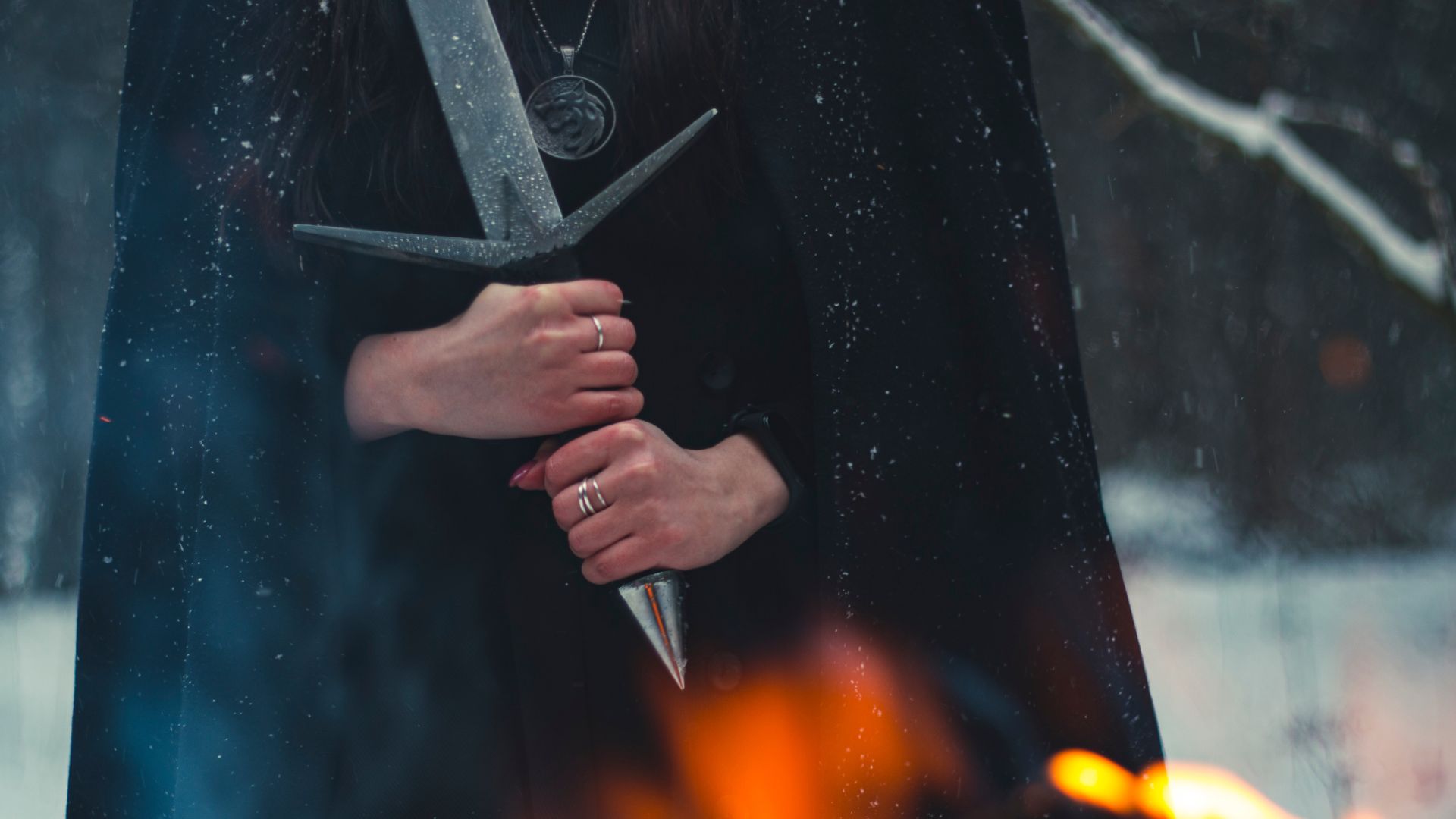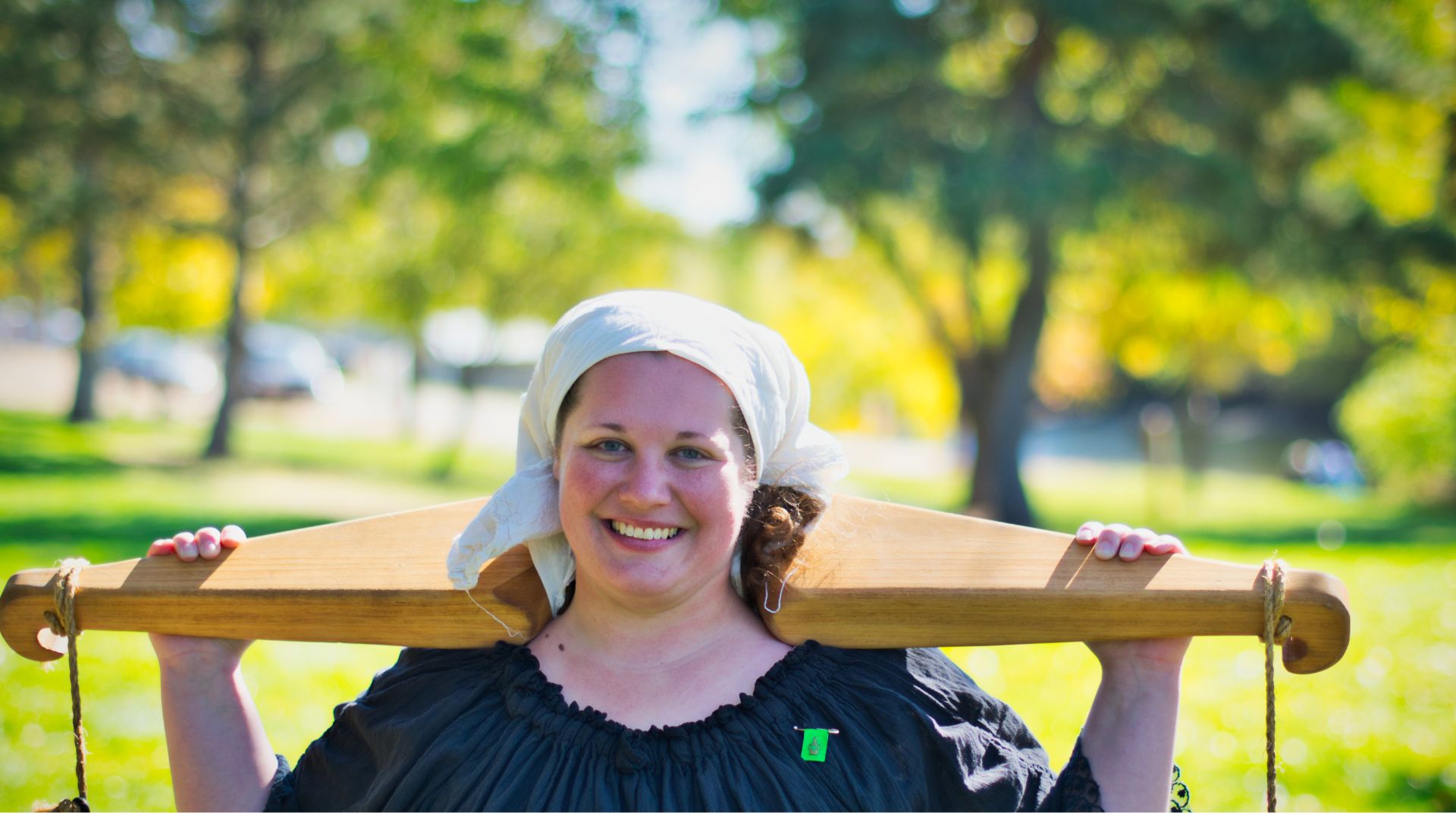
What is historical reenactment? A beginner’s guide
Historical reenactment is a growing hobby that combines a passion for history with the thrill of live performance. At its core, historical reenactment involves recreating real historical events, battles, or daily life from the past, often with great attention to detail in costumes, props, and settings. For those new to the concept, it might sound like a niche activity, but it’s quickly becoming a beloved hobby for people of all ages and backgrounds. Whether you’re attending a large-scale battle reenactment or participating in smaller events, historical reenactment offers a unique way to learn about and experience history.
In this article, we’ll break down what historical reenactment is, why it matters, and how you can get involved. If you’ve ever wondered about donning medieval armour or reliving the events of the American Civil War, this guide will provide a great starting point:
- The purpose of historical reenactment
- Types of historical reenactments
- The role of accuracy in reenactment
- Exciting and educational: Historical reenactment
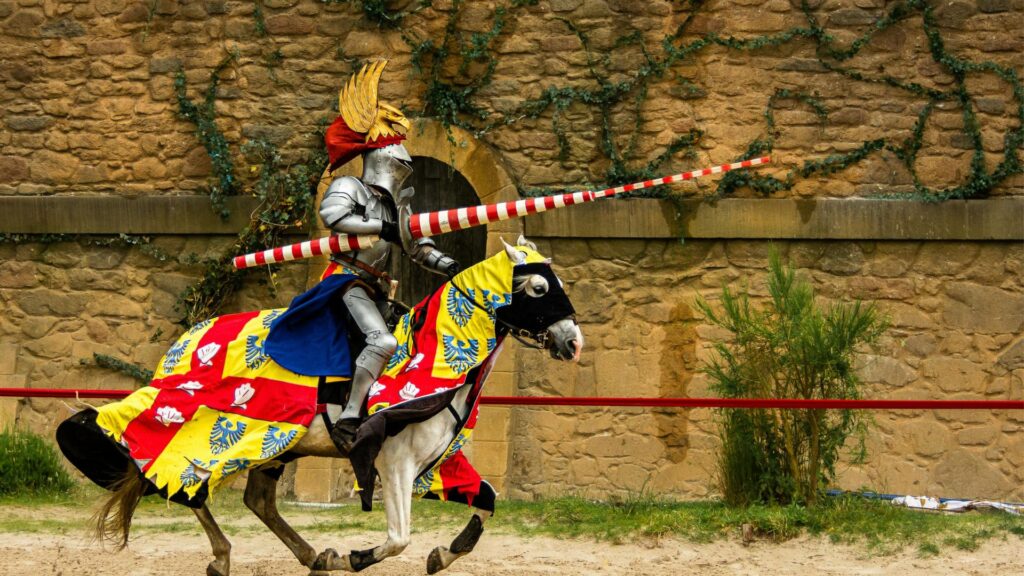
The purpose of historical reenactment
The primary goal of historical reenactment is to bring history to life. For many reenactors, it’s not just about putting on a costume and playing a role – it’s about preserving and educating others about the past. By recreating significant historical events, reenactments provide a more tangible way of understanding history than simply reading about it in books or watching documentaries. The immersive experience of seeing a battle unfold or stepping into the shoes of historical figures offers a deeper understanding of the struggles, triumphs, and everyday life of people in the past.
One of the most important purposes of historical reenactment is education. Reenactments offer an engaging way for both participants and spectators to learn about different time periods. For example, during a reenactment of the Battle of Hastings, spectators can witness firsthand the tactics, uniforms, and emotions of the medieval period. Reenactors often spend months or even years researching the events they portray, ensuring that their representation is as historically accurate as possible. This dedication to accuracy not only honours the past but also encourages others to appreciate history in a more immersive way.
Another significant aspect of historical reenactment is community building. Reenactment groups often form tight-knit communities where people share a passion for history and craftsmanship. These groups come together to create and participate in events, often forming lasting friendships in the process. The camaraderie that develops in these groups adds an extra layer of enjoyment to the hobby, making historical reenactment not just a learning experience but also a social one.
Interlude: The difference between LARP and Historical Reenactment
LARP (Live Action Role-Playing) involves participants creating and acting out fictional characters in a dynamic, interactive world, often incorporating fantasy, sci-fi, or other genres. In contrast, historical reenactment focuses on recreating real historical events or periods, with an emphasis on accuracy and education, often using period-specific costumes, props, and battle tactics.
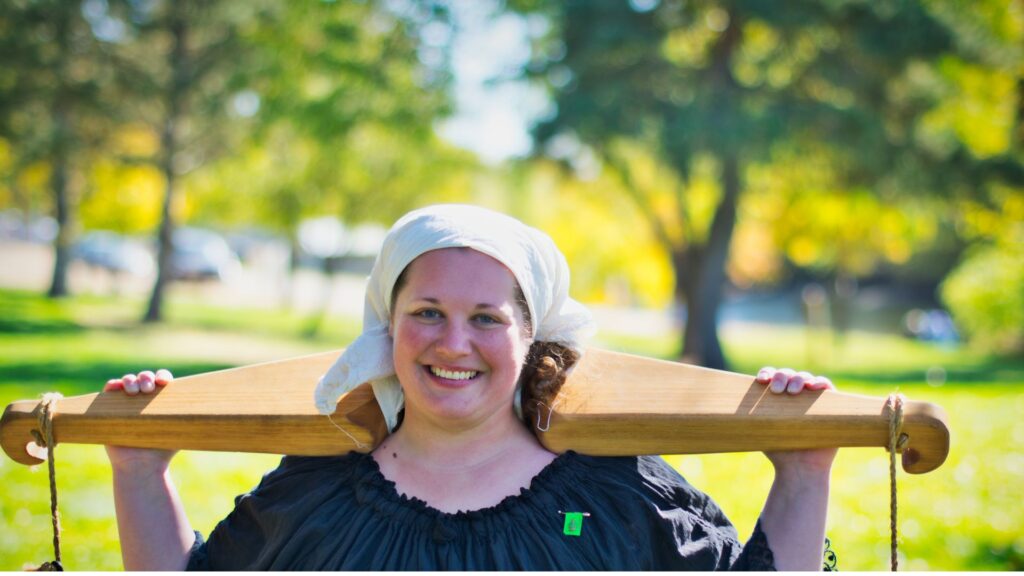
Types of historical reenactments
One of the great things about historical reenactment is the wide range of time periods and events you can explore. From ancient civilisations to modern warfare, there’s a reenactment event for nearly every historical era. Here are a few of the most common types of reenactments:
Medieval reenactments: Perhaps one of the most popular categories, medieval reenactments often focus on the medieval period’s battles, feasts, and daily life. Participants may portray knights, archers, peasants, or royalty, all clad in historically accurate costumes. Events can include large-scale battles, tournaments, or village life recreations. Famous reenactments like the Battle of Agincourt or The Battle of Hastings are popular events in the medieval reenactment world.
Civil War reenactments: Reenactments of the American Civil War are held across the United States and are an educational tool for learning about the conflict and its impact. Reenactors take on the roles of soldiers, officers, and civilians, recreating famous battles and providing a glimpse into life during the Civil War. Events often feature detailed artillery demonstrations and mock battles, offering participants and spectators a vivid look at 19th-century military tactics and civilian life.
World War I and World War II reenactments: Both World Wars have seen a rise in reenactment groups, especially in Europe and the US. Reenactors often portray soldiers, nurses, or civilians from these wars, recreating key events like D-Day or the Battle of the Bulge. These reenactments are often meticulously researched to reflect the uniforms, equipment, and emotions of the time. They are a powerful way to learn about the sacrifices made by those involved in these global conflicts.
Ancient civilisations: While less common, reenactments of ancient civilisations like the Roman Empire or Ancient Egypt can be incredibly immersive. Participants often reconstruct the clothing, weapons, and everyday objects used in these early periods. Reenactments can include everything from gladiatorial combat to Roman military drills, offering a fascinating look at the cultures and societies of the distant past.
Other reenactments: There are also reenactments of specific historical events, such as the French Revolution, Viking invasions, or even Renaissance fairs. These events focus on particular moments in history and often bring in elements of drama, theatre, and live-action role-playing (LARP), making them more dynamic and engaging for the audience.
The role of accuracy in reenactment
Historical reenactment is all about getting the details right. Accuracy is vital to the authenticity of the experience. Reenactors take great pride in researching their characters, costumes, and weapons to ensure they’re portraying the time period as faithfully as possible. Whether it’s the fabric of a soldier’s uniform or the precise methods used in battlefield tactics, authenticity matters.
For many reenactors, the process of research is just as important as the event itself. Many spend weeks or even months studying primary sources, consulting experts, or visiting museums and historical sites to ensure their portrayal is as close to the real thing as possible. This attention to detail not only honours the historical period but also helps create a more immersive experience for everyone involved. After all, the more accurate the event, the more meaningful and engaging it becomes.
Reenactment groups often work with historians or experts to guide their research and ensure they’re accurately representing the past. Some even engage in “living history” projects, where participants spend several days or weeks living and working in historically accurate conditions. These efforts go a long way toward preserving history and ensuring future generations have a meaningful understanding of it.
Exciting and educational: Historical reenactment
If you’ve ever been curious about stepping into the past and experiencing history first-hand, historical reenactment offers an exciting and educational way to do so. Whether you’re interested in the epic battles of the medieval era, the intense conflicts of the World Wars, or the everyday life of ancient civilisations, there’s a reenactment event for you. Not only is it a fun way to learn about history, but it also builds community and provides a deeper connection to the past.
Let’s recap:
- Historical reenactment involves recreating real historical events, battles, or daily life, often with great attention to detail in costumes, props, and settings, offering an immersive way to experience history.
- It helps preserve history, educate others, and foster a sense of community. Reenacting events allows participants and spectators to gain a deeper understanding of past struggles, triumphs, and daily life.
- Popular reenactment genres include medieval, Civil War, World War I and II, and ancient civilisations, each offering unique experiences, such as large battles, military drills, and daily life recreations.
- Reenactors focus heavily on historical accuracy, researching costumes, weapons, and tactics to ensure authentic portrayals. This commitment adds depth to the experience and enhances immersion for both participants and spectators.
- Historical reenactment offers an engaging and educational way to explore history. With various events and time periods to choose from, it’s a great opportunity to step into the past and connect with a community of history enthusiasts.
“Historical reenactment is not just about stepping into the past; it’s about bringing history to life, preserving its stories, and honouring the lives of those who came before us.”
So, if you’re ready to don a costume, research your character, and step into a different time period, historical reenactment awaits. You might just find yourself hooked on the thrill of reliving history.
